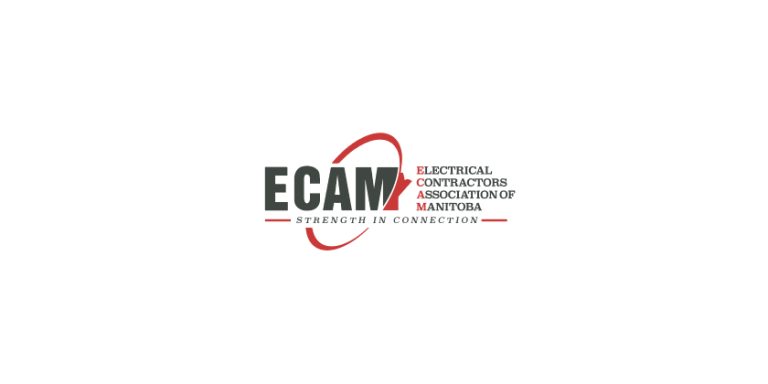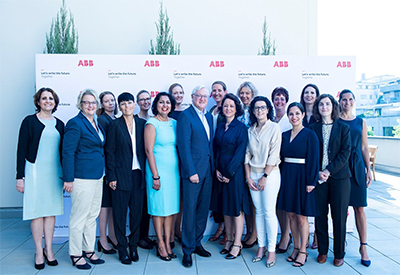CABA Report Explores Energy Management and the Intelligent Building

Feb 19, 2021
CABA released the Executive Summary of its Intelligent Building Energy Management Systems Landmark Research Project, providing a detailed exploration of the current state of the market. Energy management strategies are critical, given that approximately 25-30 percent of energy consumed in buildings is wasted. The report provides valuable insights and data that reveal how intelligent-building ecosystem participants need to come together and collaborate on energy management best practices.
Technologies that could significantly reduce energy consumption are not being readily adopted for reasons of cost and complexity, requiring a more coordinated response from market participants.
This research, just completed by CABA member Harbor Research, examines how use cases, customer environments, buying behaviors, and ecosystem interactions all impact and influence the development of the intelligent building energy management systems (IBEMS) market. With growing consolidation and evolution in that market, players across the intelligent building ecosystem have the opportunity to unlock new, higher-margin energy streams from emerging services and analytics, the research found. The 25-page Executive Summary is available in the CABA Store, and the full, 146-page report was recently shared with the funders. (The Full Report will be available for sale following a brief embargo period).
“Integrated energy intelligence is at the heart of smart building management, automation and control, and this research takes a comprehensive look at the current opportunities and challenges confronting market participants,” said Ron Zimmer, President & CEO of CABA. “This study is also highly relevant because it focuses on the current state and future development of the technologies at a time when electricity suppliers and the built environment were scrambling to respond to radically different demand patterns during the COVID-19 pandemic.”
Guiding the future of smart-building energy management
The report notes that currently, market players are taking different approaches to “win” the IBEMS market opportunity. These include BAS (building automation system)-integrated solutions, automated supervisory control applications, building analytics specialization, and utility bill tracking and submetering solutions. But adoption of these technologies has been hampered by issues of complexity and cost. As an example, 81 percent of constructors surveyed for the study identified energy management and sustainability as a major consideration in their projects. But nearly half of those surveyed indicated that a lack of capital to purchase and install energy management systems was their biggest challenge in realizing value from an energy management strategy.
The report says original equipment manufacturers (OEMs), utility operators, IBEMS software providers, building owners and property managers need to improve the value of their IBEMS solutions, while fostering a collaborative ecosystem aligned on IBEMS standards and best practices. It goes on to set out specific recommendations for these key IBEMS market participants.
Overall, for IBEMS applications to truly mature, the report found, market players need to consider the context of the buildings with reference to external electrical power generation, distribution, and transmission systems in North America. As well, they must evolve to incorporate onsite generation and energy storage, which will reduce energy consumption from the grid while providing a more resilient non-interruptible source of electricity.
The report also underlined that, like almost every aspect of modern life, the IBEMS market evolution has been impacted by the COVID-19 global pandemic, as occupants fear for their health and operators clamor to adopt contactless technologies and better air quality filtration systems. It noted that while energy management will continue to be a huge part of buildings as more energy-intensive technologies are adopted, the true effect of COVID-19 on the prioritization of energy management and sustainability is still unclear.
CABA wishes to acknowledge the support of the following organizations, all CABA members, who funded the project: Automated Logic/Carrier, BC Hydro, The Cadillac Fairview Corporation Limited, CanmetENERGY, ComEd, An Exelon Company, Cyber Power Systems (USA), Inc., Greensoil Proptech Ventures, Honeywell International Inc., Hydro-Québec, ICONICS, Inc., Iota Communications, Inc., Kimberly-Clark Professional, KMC Controls, Inc., Legrand, Natural Resources Canada (NRCan), O3 Energy, Renesas Electronics, Rheem Manufacturing, Siemens Industry, Inc., Southwire Company LLC, Steelcase Inc. and UL LLC.










![Guide to the Canadian Electrical Code, Part 1[i] – A Road Map: Section 52 — Diagnostic imaging installations](https://electricalindustry.ca/wp-content/uploads/2022/11/Guide-CE-Code-2.png)






